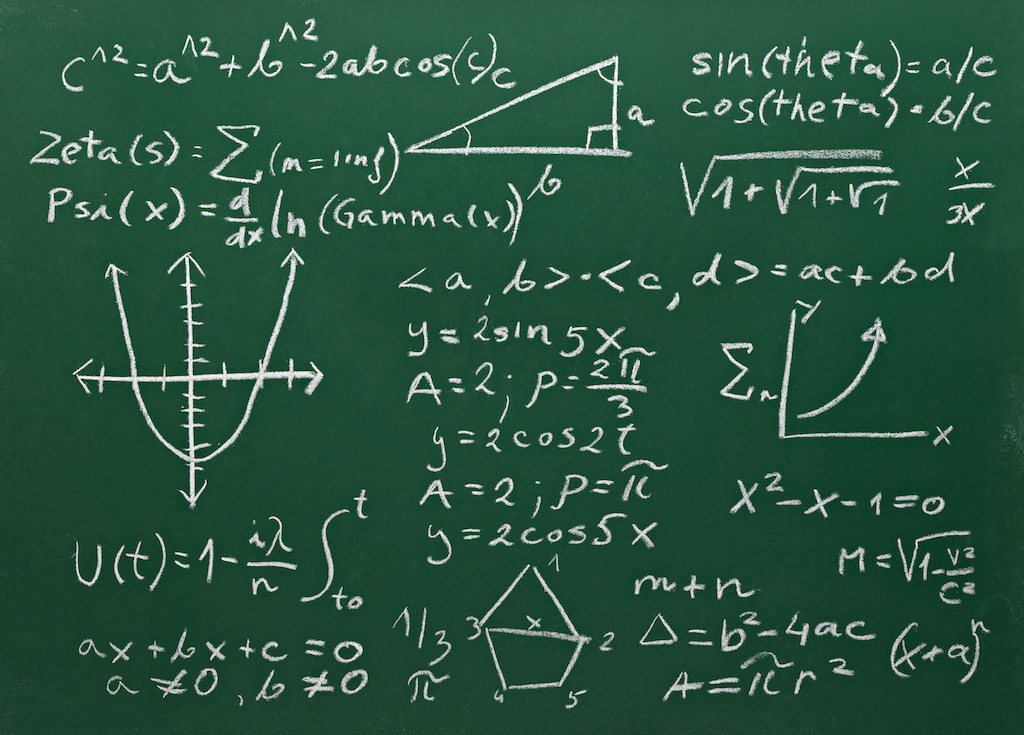I’ve written before that I subscribe to The Economist because it provides a neutral perspective on life in the United States. Earlier this summer, I wrote about the success of states that have reverted to teaching phonics in order to enable students to read better. The article that inspired my phonics post was published by The Economist.
In the November 6 edition, The Economist called attention to America’s abysmal performance teaching math in an article titled “The Maths Wars.” The reporters write that America’s students have ranked poorly in international math exams for decades. In fact, American adults rank fourth from last in numeracy when compared with other rich countries.
American companies continue to fall short in finding employees who are qualified to meet their needs in science, technology, engineering, and math (STEM) skills. Nearly 30% of adults in the U.S. are comfortable only with simple math skills, which are defined as basic arithmetic, counting, and sorting.
The Economist reports that the scores may be getting worse. On the 2020 National Assessment of Educational Progress (NAEP) national exam, the scores of 13-year-old students dropped five points from their peers in 2012. Unfortunately, teachers and other academics cannot agree on how to reverse this decline.
Disagreements whether to teach math through rigorous memorization or through conceptual understanding have been a long-lasting debate in the U.S. since the late 1800s. Since the 1990s, the battles have become more political.
The reporters write that conservatives in the U.S. typically campaign for classical math, which is a focus on algorithms (rules to follow), memorizing those algorithms and multiplication tables, and teacher-led instruction. Students focus on the basics, exploring concepts after obtaining math skills.
Progressives in the U.S. favor a conceptual approach based on problem-solving and gaining number-sense. There is less emphasis on algorithms and memorizing. Students learn several ways to solve a problem before learning algorithms.
While our teachers agree that U.S. math education is sub-par, they cannot agree on how to improve it. The most recent implementation of a national math curriculum, the Common Core, has not helped since people on opposite sides of the political spectrum dislike it.
I have always done well in math. The instruction that I received in school was undoubtedly classical, requiring me to learn and memorize the basic rules of math before going on to higher level math. Because I continued to advance in math courses through undergrad and grad school, I was exposed to math concepts, but I was prepared thanks to my memorization of math tables and algorithms.
As a parent, I understood the conceptual version that my daughters’ school attempted to teach but I believe to this day that it was the wrong way to teach math, particularly for younger children. Every time I tried to help my daughters, I was told, “We aren’t allowed to learn it that way.”
The last two sentences in The Economist article are informative and depressing. The authors note, “While other countries implement math curriculums with a balance of rote and conceptual learning, America continues to swing from one pole to another, decade after decade. Just like the country’s politics, in other words.”
If we can’t reach a bipartisan solution on mathematics education, our economy is going to continue to widen between the haves and have-nots. At a minimum, we should agree on a bipartisan experiment.
We should also establish a competition within states between the curriculums and see what works best. Somehow, I expect the losing side will claim that the competition was rigged, and the real losers will be our children and their children.











